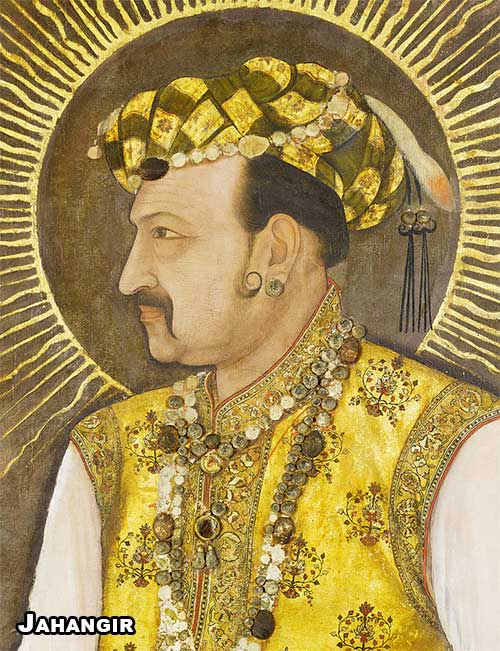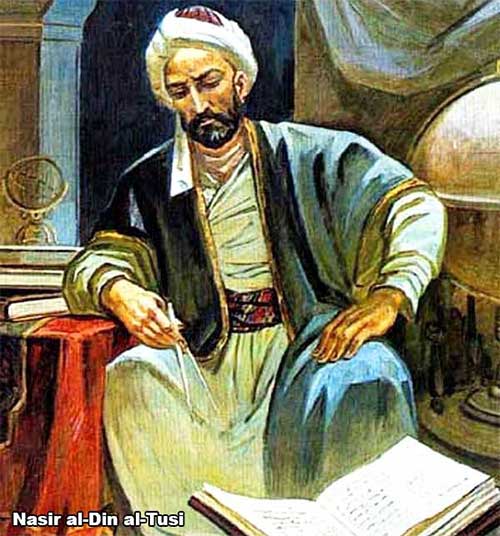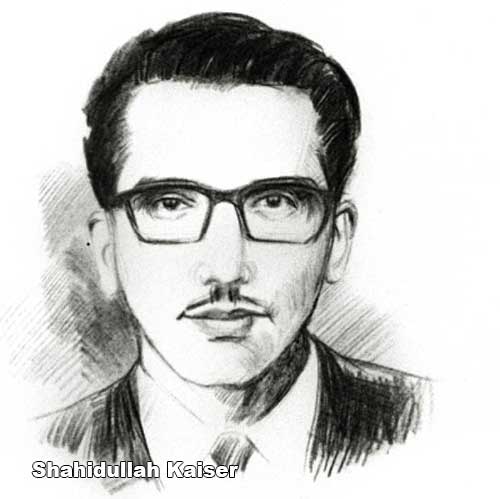
Emperor Jahangir, born Nur-ud-din Muhammad Salim, was India's fourth ruler of the Mughal Empire. He ascended to the throne in 1605, following his father's death, Emperor Akbar, one of the most significant figures in Indian history. Jahangir's reign, which lasted until he died in 1627, was marked by continuity and change, as he inherited a vast and prosperous empire while leaving his distinct mark on the history of Hindustan.
Jahangir's reign is often remembered for stabilizing and consolidating the Mughal Empire. He continued many of Akbar's policies, particularly those promoting religious tolerance and administrative efficiency. However, Jahangir was known for his keen interest in the arts, culture, and natural sciences. He was an avid patron of painting and architecture, commissioning many works that blended Persian, Indian, and Islamic styles, thus contributing to the rich cultural tapestry of the Mughal era.
One of Jahangir's most significant contributions to the Mughal Empire was his emphasis on justice. He established the famous "Chain of Justice" at his palace in Agra, where any subject could pull the chain to seek the emperor's intervention in their grievances. This symbolized Jahangir's commitment to fairness and his desire to be accessible to his people. However, the effectiveness of this system in a vast and diverse empire like Hindustan is still debated by historians.
Jahangir's personal life and relationships also played a crucial role in shaping his reign. His marriage to Nur Jahan, a highly influential and powerful figure, is noteworthy. Nur Jahan was not just his wife but a co-ruler in many respects, wielding considerable influence over the empire's administration and politics. Her ability to govern and patronage the arts further enriched the cultural landscape of Jahangir's reign.
However, Jahangir's reign was not without challenges. The empire faced revolts and internal strife, including the rebellion of his son, Khusrau Mirza. Additionally, the empire had to contend with external threats from the Safavid Empire and the Deccan Sultanates. Despite these challenges, Jahangir managed to maintain the empire's integrity and left behind a relatively stable and prosperous state for his successors.
In foreign relations, Jahangir welcomed European traders and ambassadors, most notably the English, who were keen to establish trade relations with the rich Mughal Empire. His interactions with Sir Thomas Roe, the English ambassador, are well-documented and highlight the beginning of a significant, albeit complex, relationship between the Mughal Empire and European powers.
Jahangir's reign ended with his death in 1627, after which his son, Shah Jahan, ascended to the throne. Jahangir's legacy is one of cultural flourishing, administrative continuity, and a deep, personal involvement in the governance of his empire. Despite his struggles with health and addiction, which sometimes affected his rule, Jahangir remains a significant figure in the history of Hindustan, remembered for his contributions to the Mughal Empire and the rich cultural heritage he helped to preserve and enhance.
#Emperor Jahangir #Hindustan #Mughal Empire,



